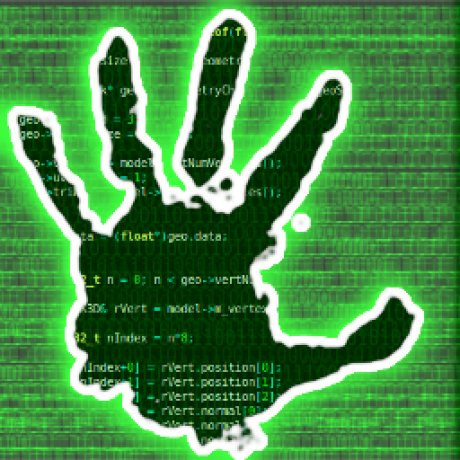As a programmer who grew up without a FPU (Archimedes/Acorn), I have never liked float. But I thought this war had been lost a long time ago. Floats are everywhere. I’ve not done graphics for a bit, but I never saw a graphics card that took any form of fixed point. All geometry you load in is in floats. The shaders all work in floats.
Briefly ARM MCU work was non-float, but loads of those have float support now.
I mean you can tell good low level programmers because of how they feel about floats. But the battle does seam lost. There is lots of bit of technology that has taken turns I don’t like. Sometimes the market/bazaar has spoken and it’s wrong, but you still have to grudgingly go with it or everything is too difficult.
Floats make a lot of math way simpler, especially for audio, but then you run into the occasional NaN error.
On the PS3 cell processor vector units, any NaN meant zero. Makes life easier if there is errors in the data.
all work in floats
We even have
float16 / float8now for low-accuracy hi-throughput work.Even float4. You get +/- 0, 0.5, 1, 1.5, 2, 3, Inf, and two values for NaN.
Come to think of it, the idea of -NaN tickles me a bit. “It’s not a number, but it’s a negative not a number”.
I think you got that wrong, you got +Inf, -Inf and two NaNs, but they’re both just NaN. As you wrote signed NaN makes no sense, though technically speaking they still have a sign bit.
Right, there’s no -NaN. There are two different values of NaN. Which is why I tried to separate that clause, but maybe it wasn’t clear enough.
No real use you say? How would they engineer boats without floats?
Serious answer: Posits seem cool, like they do most of what floats do, but better (in a given amount of space). I think supporting them in hardware would be awesome, but of course there’s a chicken and egg problem there with supporting them in programming languages.
Call me when you found a way to encode transcendental numbers.
May I propose a dedicated circuit (analog because you can only ever approximate their value) that stores and returns transcendental/irrational numbers exclusively? We can just assume they’re going to be whatever value we need whenever we need them.
Wouldn’t noise in the circuit mean it’d only be reliable to certain level of precision, anyway?
I mean, every irrational number used in computation is reliable to a certain level of precision. Just because the current (heh) methods aren’t precise enough doesn’t mean they’ll never be.
You can always increase the precision of a computation, analog signals are limited by quantum physics.
Do we even have a good way of encoding them in real life without computers?
Just think about them real hard
I know this is in jest, but if 0.1+0.2!=0.3 hasn’t caught you out at least once, then you haven’t even done any programming.
IMO they should just remove the equality operator on floats.
That should really be written as the gamma function, because factorial is only defined for members of Z. /s




